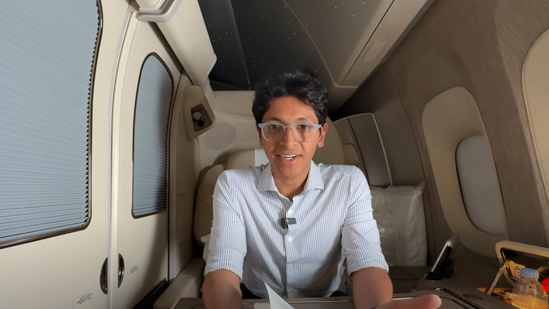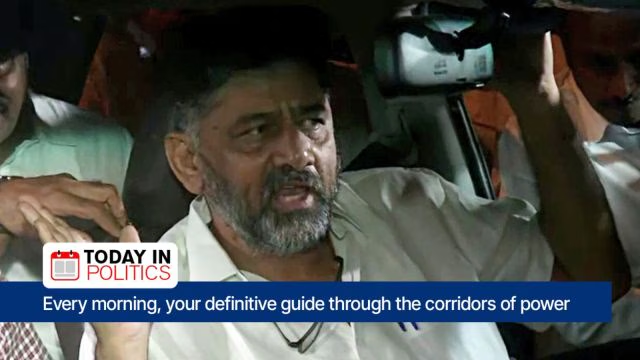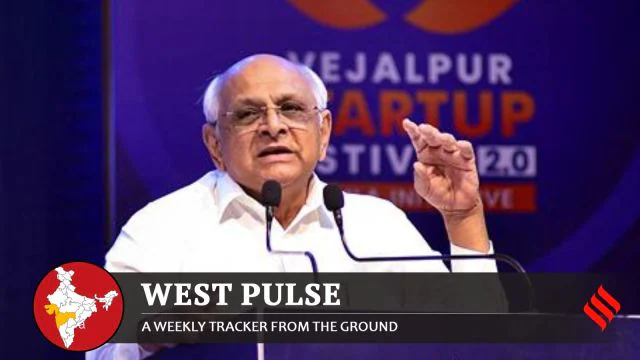Ishan Sharma, a 23-year-old Indian YouTuber with content on upskilling, business, and artificial intelligence, recently posted a video recording his first-class experience on an Emirates flight. The video highlighted the opulent facilities provided in first class, ranging from a private suite to gourmet meals and customized services.
While some enjoyed the close look at first-class travel, others criticized the video, viewing it as a flashy show of riches. Critics have referred to the content as “show-off” behavior and accused Sharma of boasting about his wealth.
As a response to the criticisms, Sharma rebutted the claims through his social media platforms. He explained that his purpose was not to brag but to share an unusual experience with his viewers, many of whom may not have the chance to fly first class. Sharma stressed his dedication to transparency and honesty in his material, explaining that sharing such experiences is part of his mission to inspire and educate his audience on all things travel and lifestyle.
This event illustrates the difficulty that content creators have in striking a balance between personal experience and audience perception. The sharing of elements of a privileged existence can inadvertently result in charges of insensitivity or boastfulness, even if the creator’s intent is innocuous. It serves to emphasize the role of context and audience interaction in content creation, reminding influencers to be sensitive to how their content might be interpreted by a diverse audience.
Sharma’s story is a case study in changing dynamics between audiences and content creators. As media platforms such as YouTube expand, the distinction between sharing and oversharing becomes a more subtle nuance. The creators are challenged with the precarious task of bringing interesting content to the audience while being sensitive to the diverse view of their listeners.
In summary, while Sharma’s video was intended to provide a peek into the extravagance of first-class air travel, the diverse reactions it elicited demonstrate the nuances of content creation in the digital era. It is a reminder to creators to always weigh the effect of their content and aim for balance that is sensitive to audience sensibilities yet authentic to their own experiences and stories.






